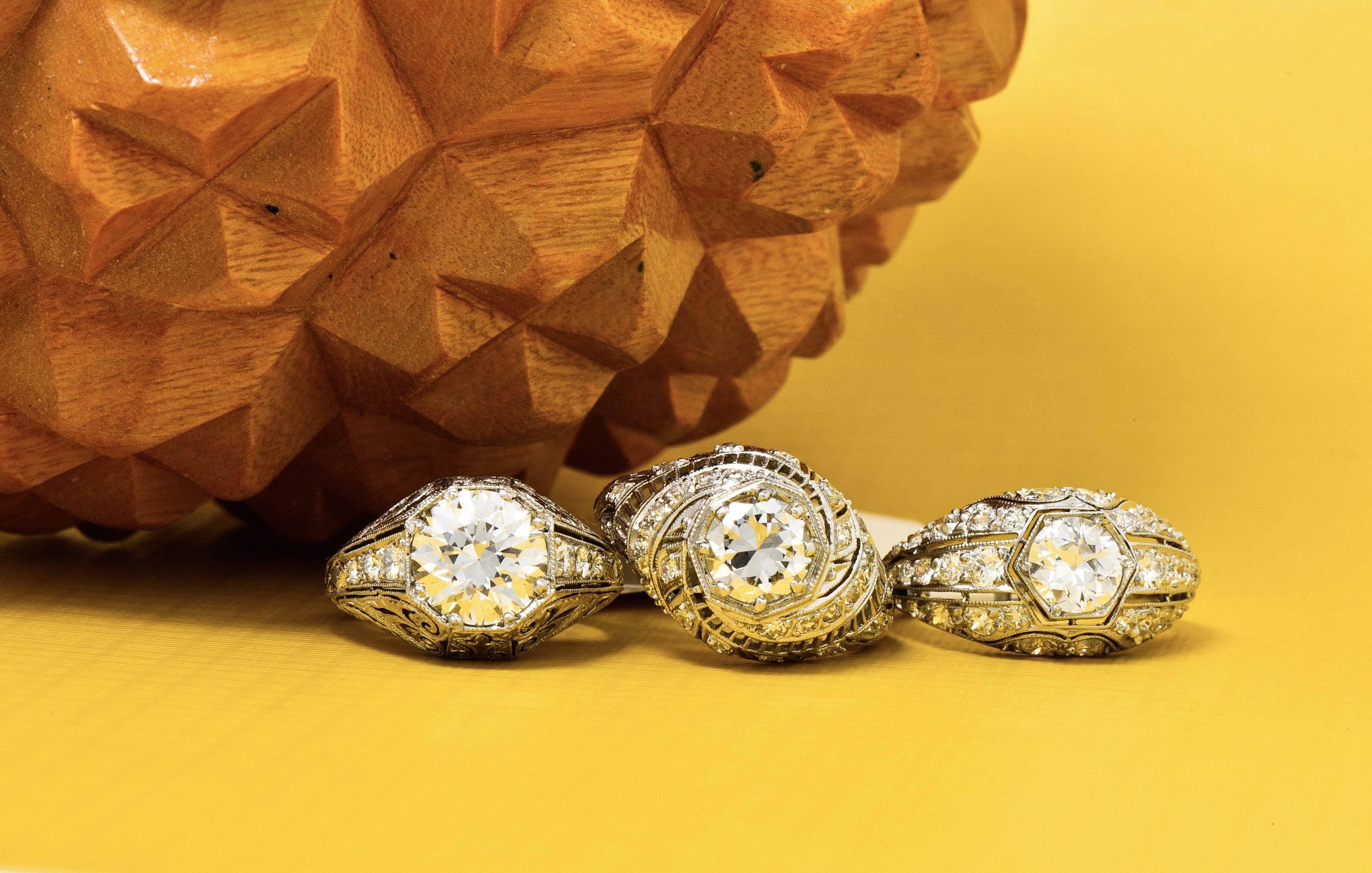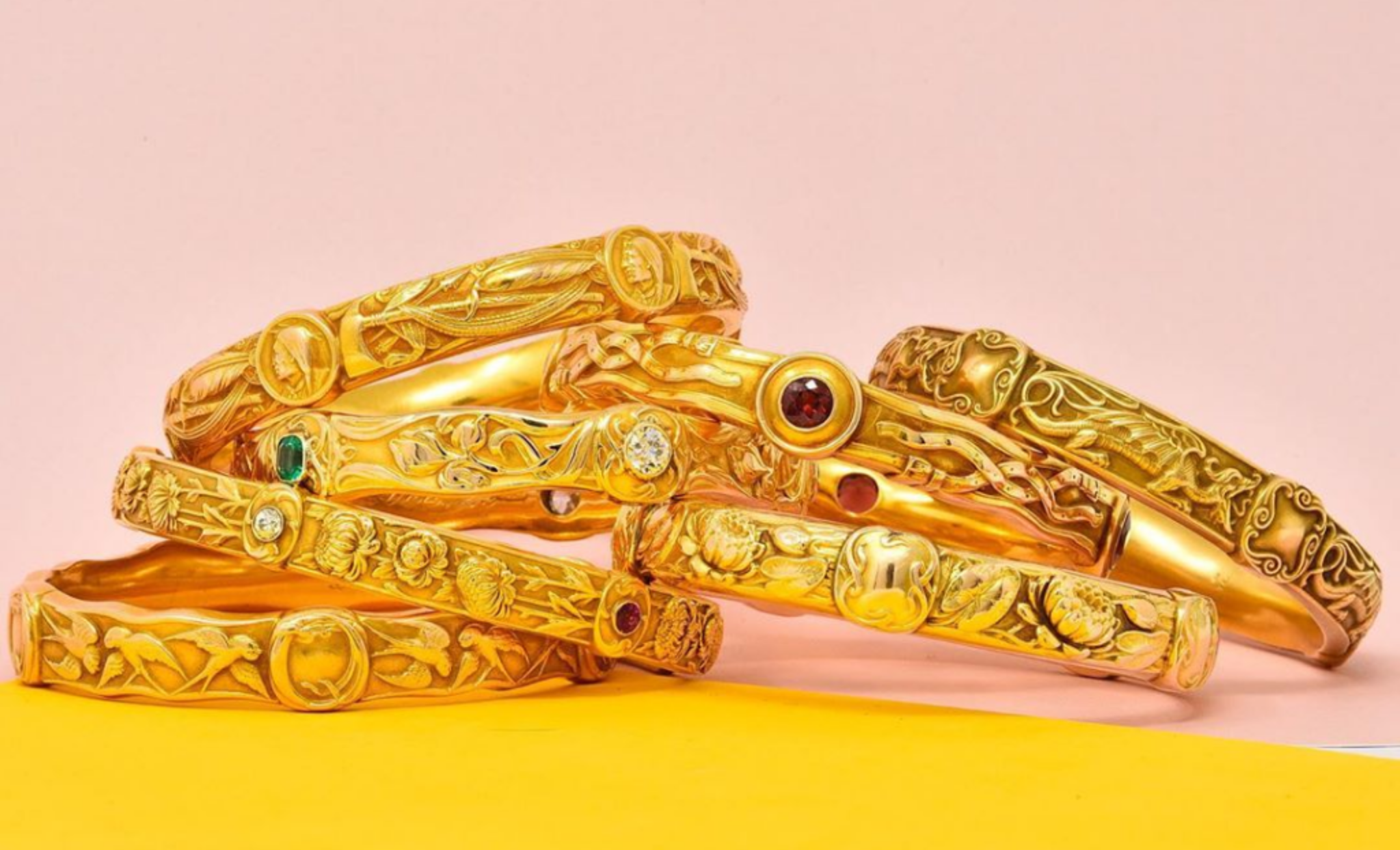Pearls - Natural And Cultured
We absolutely love the refined elegance of June’s birthstone, the pearl. It is coy and mysterious with luminous layers that dazzle with an unworldly sheen. The pearl is an enigmatic curiosity and we are often asked what is a pearl and if cultured pearls are real.

Both natural and cultured pearls are organic gemstones composed of layers of nacre; an iridescent composite of calcium carbonate. This material is produced naturally by a mussel or oyster to encase an irritant that enters and aggravates soft gland tissue.
The main difference between a natural pearl and cultured pearl is how this process of layering nacre is started and the gestation time.
Natural pearls form when a grain of sand or coral unpredictably enters a mollusk’s shell. If the marine creature can’t expel the irritant, it then forms nacreous layers until the pearl is found and harvested.

Cultured pearls (introduced by Kōkichi Mikimoto) form with human assistance by the introduction of a bead nucleus or mantle tissue into a mollusk to force nacreous layering. The formed pearl is then harvested at two to seven years.
As you can see, the growth process is the same for each with natural pearls being a rare chance occurrence while cultured pearls are in a controlled environment.
Before 1890, only natural pearls existed and were reserved for royalty and clergy. The gemstone was difficult to find in nature, expensive to harvest, and even harder to match as a necklace strand. The rarity of the gem invoked symbolic reverence of the pearl to be a piece of heaven on Earth.

Pearls have a history as illustrious as their glowing radiance. They are loved for their delicate poise and valued for their complexity. Pearls are the only gemstone that can be farmed completely whole without necessary finishing or polish.




Leave a comment
This site is protected by hCaptcha and the hCaptcha Privacy Policy and Terms of Service apply.